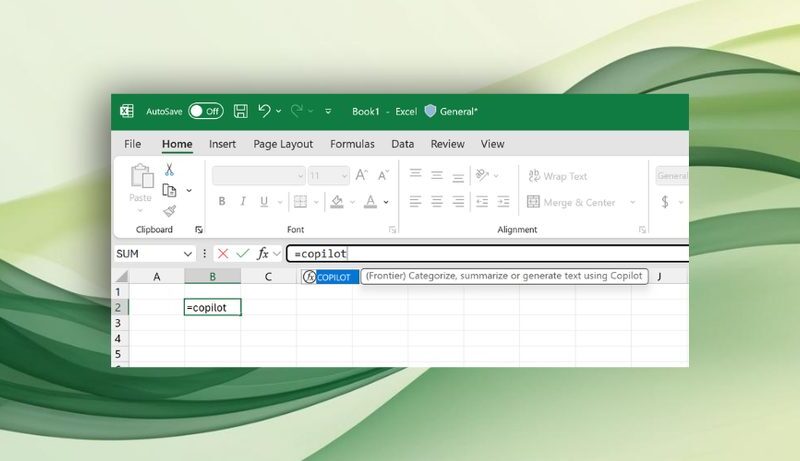Cisco has issued a software patch to address a critical security vulnerability. This vulnerability affects both the Adaptive Security Appliance (ASA) software and the Firepower Threat Defense (FTD) software, both widely deployed in network security infrastructure.
The identified vulnerability is classified as having maximum severity. This classification indicates the potential for significant impact on affected systems and networks. Exploitation of a maximum-severity vulnerability could lead to severe consequences, including unauthorized access, data breaches, or complete system compromise. Therefore, the release of a patch signifies the urgency with which Cisco views this security issue.
The Adaptive Security Appliance (ASA) is a prominent product in Cisco’s security portfolio. Functioning as a network security device, the ASA provides a range of services, including firewall capabilities, intrusion prevention, and virtual private network (VPN) connectivity. The ASA is designed to protect networks from unauthorized access and malicious traffic, forming a critical component of many organizations’ security architecture. Given its role as a frontline defense, vulnerabilities within the ASA software can have far-reaching implications.
Firepower Threat Defense (FTD) represents another key element of Cisco’s security offerings. FTD is a unified security platform that integrates various security functions into a single solution. These functions encompass intrusion prevention, application control, URL filtering, and advanced malware protection. Similar to the ASA, Firepower Threat Defense is deployed to safeguard networks from a wide spectrum of threats. Consequently, a maximum-severity vulnerability in FTD poses a substantial risk to the security and operational integrity of the networks it protects.
The simultaneous impact on both ASA and FTD software underscores the breadth of this security concern. Organizations that rely on either or both of these Cisco products are urged to promptly apply the provided patch. The longer a system remains unpatched, the greater the window of opportunity for malicious actors to exploit the vulnerability. Applying the patch mitigates the risk and ensures the continued security and stability of the affected network infrastructure. The patch is available through Cisco’s official channels, and administrators should consult Cisco’s security advisories for detailed instructions on how to obtain and implement the update.
Cisco routinely releases security patches to address identified vulnerabilities in its products and services. These patches are a vital part of maintaining the security posture of networks worldwide. The company’s rapid response in developing and releasing this patch demonstrates its commitment to addressing security concerns and protecting its customers from potential threats. Organizations are encouraged to stay informed about security advisories and diligently apply patches as they become available. This proactive approach is essential for maintaining a robust defense against ever-evolving cyber threats.
The specific details of the vulnerability, including its technical description and potential attack vectors, are typically outlined in Cisco’s security advisory documentation. This documentation provides network administrators with the information needed to understand the nature of the threat and implement the patch effectively. It may contain information on which versions of the ASA and FTD software are affected, as well as the specific steps required to update the software and remediate the vulnerability.

